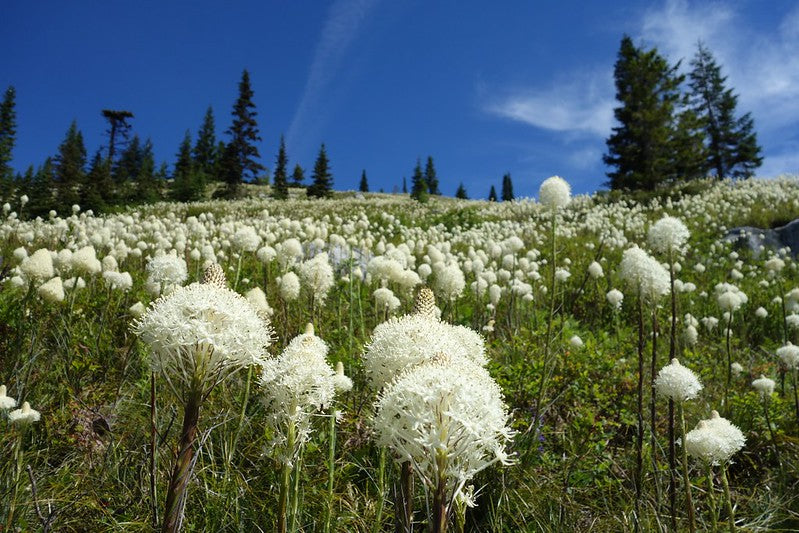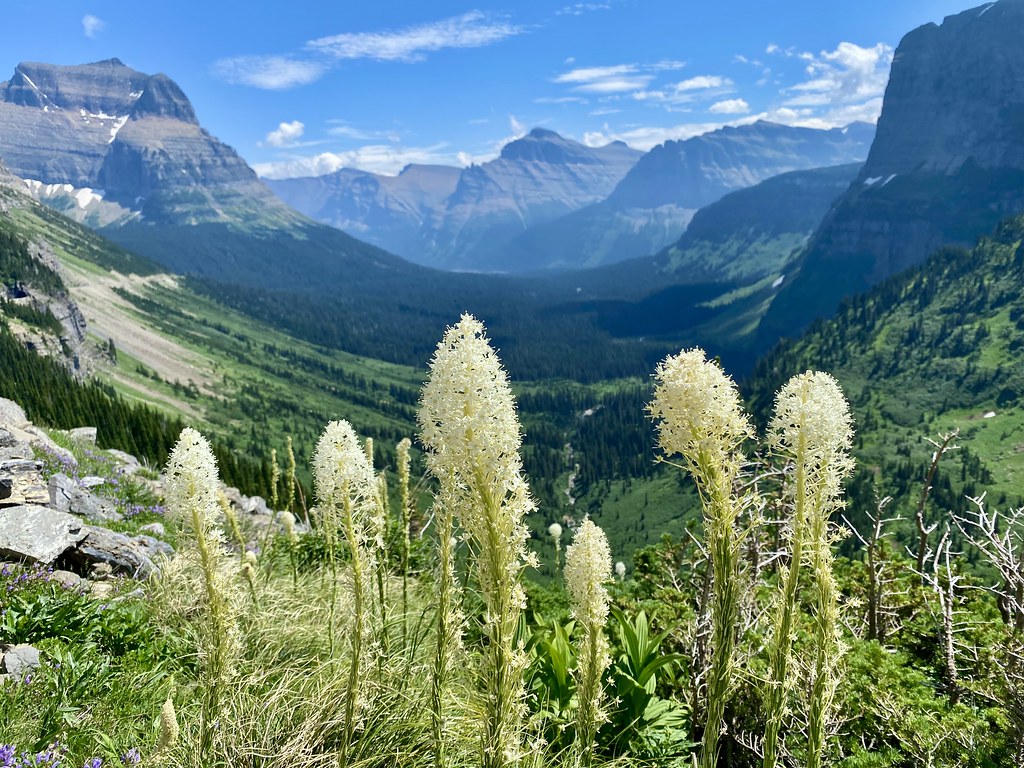Floridaseeds
Bear Grass Xerophyllum tenax 100 Seeds
Bear Grass Xerophyllum tenax 100 Seeds
Couldn't load pickup availability
Xerophyllum tenax, commonly known as beargrass, is a perennial herbaceous plant native to North America, particularly the western United States and southwestern Canada. Here's a description:
Appearance: Beargrass is characterized by its long, narrow leaves and tall flowering stalks. The plant forms dense clumps of grass-like foliage, with each clump typically consisting of numerous individual leaves.
Leaves: The leaves of Xerophyllum tenax are long and narrow, reaching lengths of up to 1 to 2 meters (3 to 6 feet). They are tough and leathery, with a slightly waxy texture, and are typically dark green in color.
Flowers: Beargrass produces tall, slender flowering stalks that rise above the foliage. The stalks can reach heights of 1.5 to 2.5 meters (5 to 8 feet). At the top of each stalk is a dense cluster of small, white, star-shaped flowers. The flowers are fragrant and bloom in late spring to early summer.
Habitat: Xerophyllum tenax is typically found in mountainous regions, particularly in subalpine and alpine meadows, as well as in open woodlands and along rocky slopes. It thrives in well-drained, acidic soil and is often associated with coniferous forests.
Adaptations: Beargrass is well-adapted to its rugged mountain environment. Its long, tough leaves help it withstand harsh weather conditions, including strong winds and heavy snowfall. Additionally, its extensive root system allows it to access moisture and nutrients in rocky or sandy soils.
Ecological Importance: Beargrass is an important component of many ecosystems, providing food and habitat for a variety of wildlife species. It is particularly valued by bears, who may consume the leaves and flowers, hence the common name "beargrass."
Cultural Significance: Beargrass has long been used by Indigenous peoples for a variety of purposes. It has traditional uses in basketry, weaving, and other crafts, with the long leaves prized for their strength and flexibility. Additionally, the plant has cultural significance in Native American rituals and ceremonies. Hardy in zones 3-9.
Growing Instructions for Bear Grass
The seeds have a period of dormancy. They can be planted outdoors in the spring or summer and they will germinate the next spring or they can be cold stratified to simulate winter conditions and to break their dormancy at any time of the year. 1. Soak the seeds in water for 24 hours. 2. Put the seeds in a ziplock bag. 3. Put the bag in the refrigerator and leave it there for 120 days. 4. The seeds like moist, well-drained soil. Prepare a mixture of half potting soil and half sand, perlite or vermiculite. 5. Put the soil in a pot. 6. Sow the seeds on the surface of the soil. Put a cover on the seeds to keep the light out. Remove the cover when the seeds germinate. 7. Water the soil so that it is moist but not wet. 8. When the seedlings are a few inches tall, they can be transplanted.






